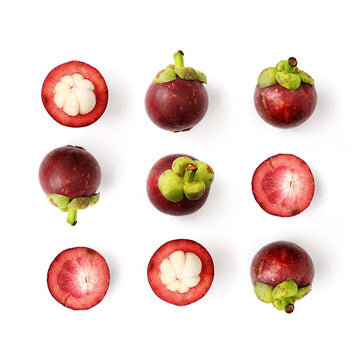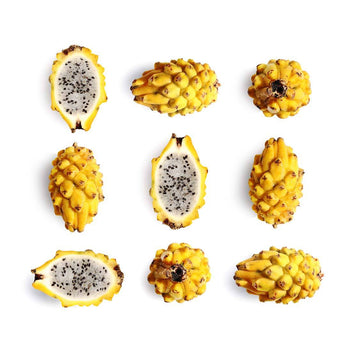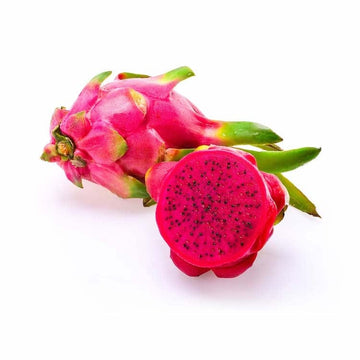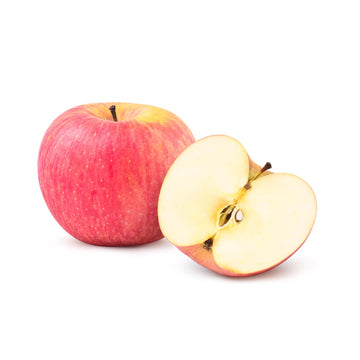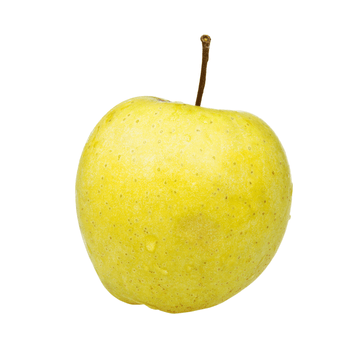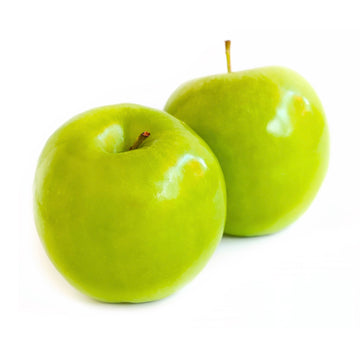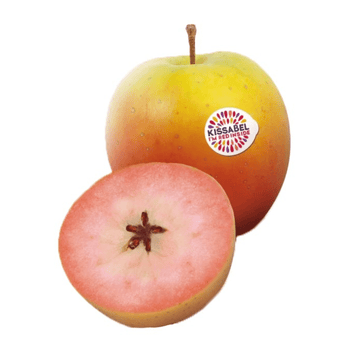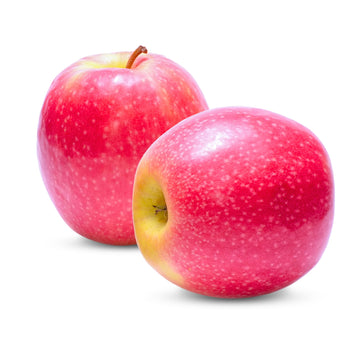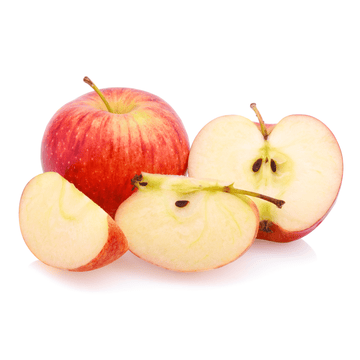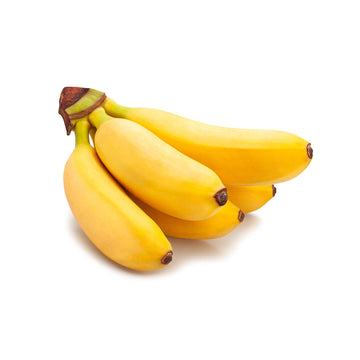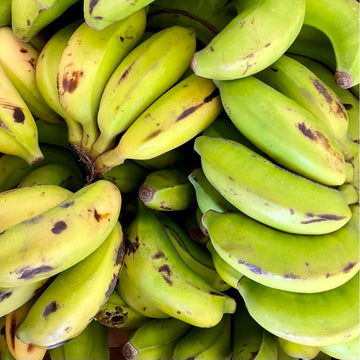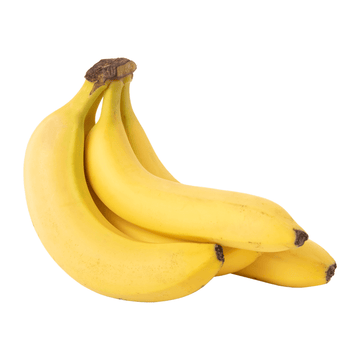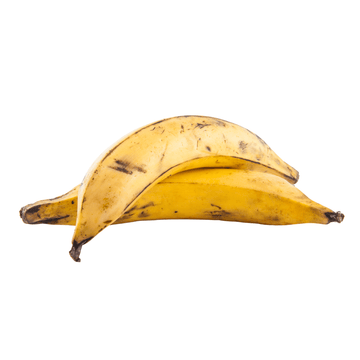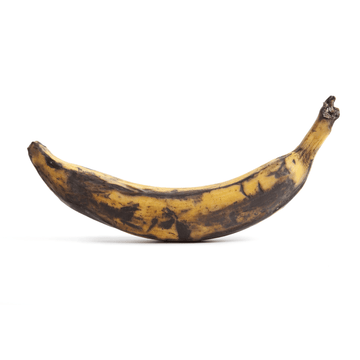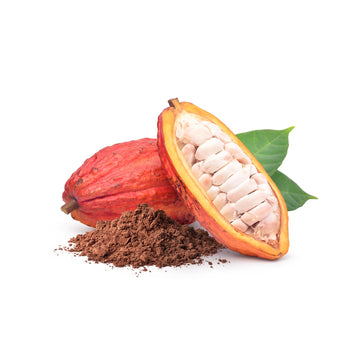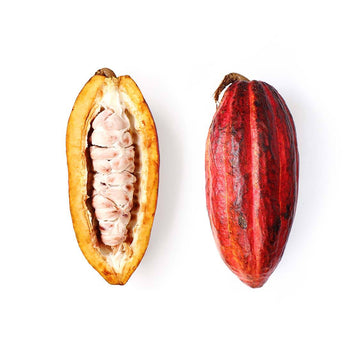The Best Fruits to Eat for Vitamin D: A Comprehensive Guide
Vitamin D, often dubbed the "sunshine vitamin," plays a crucial role in keeping our bodies healthy and functioning optimally. While it’s well-known that sunlight is a primary source of this essential nutrient, many people don’t realize that diet can also contribute to maintaining adequate levels—though fruits, in particular, present a unique challenge in this regard.
In this blog post, we’ll dive into what vitamin D is, why it’s vital for our health, where we typically get it, signs of deficiency, and whether certain individuals need to limit their intake. Then, we’ll explore ten exotic fruits that can support your vitamin D needs, either directly or indirectly, focusing on their origins, flavours, textures, and nutritional profiles.
What Is Vitamin D?
Vitamin D is a fat-soluble vitamin that acts more like a hormone in the body. It exists in two main forms: vitamin D2 (ergocalciferol), which comes from plant sources and fortified foods, and vitamin D3 (cholecalciferol), which is synthesized by our skin when exposed to sunlight and found in some animal-based foods.
Both forms are converted by the liver and kidneys into an active form that the body can use. This nutrient is unique because it’s one of the few vitamins our bodies can produce on their own, provided we get enough sun exposure.
Why Do We Need Vitamin D?
Vitamin D is essential for several key bodily functions. Its most well-known role is aiding in the absorption of calcium and phosphorus, which are critical for maintaining strong bones and teeth. Without sufficient vitamin D, bones can become brittle, leading to conditions like osteoporosis in adults or rickets in children.
Beyond bone health, vitamin D supports immune function, helping the body fend off infections and reduce inflammation. It also plays a role in muscle strength, mood regulation, and even cellular growth, with research suggesting it may lower the risk of chronic diseases like diabetes, heart disease, and certain cancers.
Where Do We Get Vitamin D From?
The primary source of vitamin D is sunlight. When ultraviolet B (UVB) rays hit the skin, they trigger the production of vitamin D3. However, factors like geographic location, season, skin pigmentation, and sunscreen use can limit this process. For example, people living in northern latitudes or those with darker skin may struggle to produce enough vitamin D from sunlight alone.
Diet is another source, though natural food options rich in vitamin D are limited. Fatty fish (like salmon and mackerel), egg yolks, and fortified foods (such as milk, orange juice, and cereals) are the most common dietary contributors. Fungi can also provide vitamin D. Supplements are also widely used, especially for those at risk of deficiency. Fruits play a supporting role by providing magnesium, which is required to turn vitamin D into its active form.
Do Some People Need to Limit Vitamin D?
While deficiency is a widespread concern, excessive vitamin D intake is possible, though rare, and typically occurs from over-supplementation rather than diet or sunlight. Too much vitamin D can lead to hypercalcemia, a condition where calcium levels in the blood become dangerously high, potentially causing nausea, kidney stones, or even heart issues.
People with certain conditions, like hyperparathyroidism or sarcoidosis, may need to monitor their intake closely, as their bodies might process vitamin D differently. However, for most healthy individuals, getting too much vitamin D from natural sources like food or sun exposure is unlikely. Always consult a doctor if you’re considering high-dose supplements.
5 Exotic Fruits to Boost Your Vitamin D Game
Now, let’s explore five exotic fruits that can support your vitamin D needs. While fruits aren’t naturally high in vitamin D, some contain nutrients like magnesium that aid in the activation of vitamin D, which is super important. We’ve selected fruits with intriguing origins and flavours, many of which are rare and exciting additions to your diet. Here’s the lineup:
1) Papaya
- Origin: Hailing from Central America and southern Mexico, papaya is now cultivated worldwide in tropical climates.
- Flavour/Texture: Sweet and mildly tropical, with vibrant orange flesh that’s soft and juicy, dotted with black seeds.
- Vitamin D Content: Like most fruits, papaya lacks vitamin D naturally but provides magnesium (21 mg per 100 g) to support its metabolism.
- Interesting Point: Papaya contains papain, an enzyme that aids digestion and gives your skin a healthy glow from the inside out.
2) Guava
- Origin: Native to Central America and the Caribbean, guava thrives in tropical and subtropical regions.
- Flavour/Texture: Sweet-tart and fragrant, with a crunchy texture and edible seeds.
- Vitamin D Content: Guava offers no direct vitamin D but delivers magnesium (22 mg per 100 g) to enhance its utilization.
- Interesting Point: Guava has more vitamin C per serving than an orange, making it a stellar immune booster alongside its vitamin D support.
3) Passion Fruit
- Origin: Native to South America, particularly Brazil, passion fruit is now widespread in tropical regions.
- Flavour/Texture: Tangy and aromatic, with a juicy, seed-filled pulp that’s both tart and sweet.
- Vitamin D Content: No natural vitamin D, but it provides magnesium (29 mg per 100 g) to assist in vitamin D processing.
- Interesting Point: The vibrant orange pulp is packed with antioxidants, adding an extra health kick to its profile.
4) Jackfruit
-
Origin: Native to Southwest India, jackfruit is now found across Southeast Asia and tropical climates.
-
Flavour/Texture: Sweet and fruity when ripe, with a meaty, fibrous texture often used as a meat substitute when unripe.
-
Vitamin D Content: No direct vitamin D, but it contains magnesium (29 mg per 100 g) to aid its function.
-
Interesting Point: Jackfruit is the largest tree-borne fruit, sometimes weighing up to 80 pounds!
5) Durian
- Origin: Native to Southeast Asia, particularly Borneo and Sumatra, durian is infamous yet beloved.
- Flavour/Texture: Creamy and custard-like, with a complex flavor that’s sweet yet pungent (and famously stinky).
- Vitamin D Content: No natural vitamin D, but it offers magnesium (30 mg per 100 g) to bolster its effects.
- Interesting Point: Known as the "king of fruits," durian’s smell is so strong it’s banned in some public spaces!
How These Fruits Fit Into Your Vitamin D Plan
It’s worth noting that none of these exotic fruits are direct sources of vitamin D in the way fatty fish or fortified foods are. Fruits naturally lack significant amounts of this nutrient, with mushrooms (technically a fungus) being the rare exception among plant-based options when exposed to UV light.
However, the magnesium content in these fruits is a game-changer. Magnesium helps convert vitamin D into its active form, ensuring your body can use it effectively. Pairing these fruits with fortified foods, supplements, or sensible sun exposure can create a well-rounded strategy to maintain healthy levels.
Conclusion
Vitamin D is a cornerstone of good health, supporting everything from strong bones to a robust immune system. While sunlight and fortified foods remain the go-to sources, exotic fruits like mango, papaya, guava, lychee, passion fruit, dragon fruit, jackfruit, rambutan, durian, and feijoa offer a delicious way to complement your intake. Their magnesium content helps your body make the most of vitamin D, and their unique flavors and textures add excitement to your diet. Deficiency is a real risk for many, so if you’re showing signs like fatigue or bone pain, consider a check-up. For most, there’s little need to limit vitamin D from natural sources—just enjoy these tropical treasures as part of a balanced lifestyle. Next time you’re craving a nutrient boost, reach for one of these exotic fruits and savor the taste of health!


